Dropdown Lists: An InDepth Overview
(图片来源网络,侵删)Dropdown lists, also known as dropdown menus or simply "dropdowns," are an essential component of modern user interface design. They provide a spaceefficient way to allow users to make selections from a predefined list of options without cluttering the screen with excessive buttons or input fields. This guide aims to explore various aspects of dropdown lists, including their types, benefits, implementation, and best practices for designers and developers.
Types of Dropdown Lists
Dropdown lists can be categorized into several types based on their functionality and appearance:
1、Standard Dropdown: The most common type, featuring a singleselection option from a list.
2、Multiselect Dropdown: Allows users to select multiple options by holding down keys like Ctrl (Windows) or Command (Mac).
3、Dependent Dropdown: The options in one dropdown list are dependent on the choice made in another dropdown.
4、Searchable Dropdown: Includes a search bar within the dropdown to help users find specific items quickly.
(图片来源网络,侵删)5、Autocomplete Dropdown: Suggests options while the user types, reducing the need for scrolling through long lists.
6、Grouped Dropdown: Options are organized into groups or sections within the dropdown for easier navigation.
7、Actionable Dropdown: Includes action buttons such as ‘Add new’ or ‘Remove all’, providing additional functionalities beyond selection.
Benefits of Using Dropdown Lists
Dropdown lists offer numerous advantages that contribute to improved user experience and efficient interface design:
Space Conservation: They save space on the page, especially useful for mobile designs.
Organization: Group related options together, making it easier for users to navigate.
(图片来源网络,侵删)User Input Control: Limits user input to predefined choices, reducing errors and improving data consistency.
Enhanced Accessibility: When properly implemented, they can be more accessible than other form controls.
Improved Usability: Especially when combined with features like autocomplete or search capabilities.
Implementation of Dropdown Lists
The implementation of dropdown lists varies depending on the platform and technology used. Here is a basic outline:
HTML/CSS: Simple dropdowns can be created using the<select> and<option> tags in HTML, styled with CSS.
JavaScript/JQuery: For more complex behaviors like multiselect or searchable dropdowns, JavaScript libraries can be employed.
Frameworks/Libraries: Modern frontend frameworks like React or Angular have components that simplify the creation of advanced dropdowns.
Accessibility Considerations: Ensure proper ARIA roles and attributes are included for screen readers and keyboard navigation.
Best Practices for Designing Dropdown Lists
Designers should consider the following best practices when incorporating dropdown lists into their designs:
Labeling: Clearly label each dropdown to indicate its purpose.
Default Option: Use a placeholder like "Select…" to prompt users to make a choice.
Sorting: Alphabetize or logically group options for easier scanning.
Feedback: Provide feedback upon selection, such as highlighting the chosen item.
Consistency: Maintain consistent styling and behavior across all dropdowns in your application.
Optimized Placement: Place dropdowns strategically where they are easy to locate and use.
Mobile Considerations: Ensure dropdowns are touchfriendly on mobile devices.
Troubleshooting Common Issues with Dropdown Lists
Despite their benefits, dropdown lists can sometimes present challenges:
Compatibility: Different browsers may render dropdowns differently, requiring additional testing and tweaking.
Dynamic Data: Handling dynamic data updates within dropdowns requires careful coding to prevent issues like duplicate entries.
Performance: Large lists can slow down page load times and cause performance issues; consider lazy loading or pagination for extensive datasets.
Usability: Long lists can be cumbersome to navigate; implementing features like filtering or grouping can improve usability.
Conclusion
Dropdown lists are powerful tools for UI designers seeking to create clean, functional, and userfriendly interfaces. By understanding the different types of dropdowns, their benefits, implementation techniques, and best practices, designers and developers can effectively harness their potential to enhance user experiences across various platforms and devices.
FAQs
Q1: How do I make my dropdown list accessible?
A1: To make your dropdown list accessible, follow these guidelines:
1、Use clear and descriptive labels for the dropdown.
2、Ensure the dropdown is operable via keyboard alone, using appropriate focus management.
3、Include ARIA roles and properties, such asrole="listbox" for the dropdown container andariaselected="true" for selected options.
4、Provide sufficient color contrast between text and background.
5、Avoid relying solely on color to convey information or distinctions.
6、Test your dropdown with screen reader software like JAWS or VoiceOver to ensure it reads out options correctly and is navigable by keyboard.
Q2: Can I style a standard HTML dropdown list with CSS?
A2: Yes, you can style a standard HTML dropdown list with CSS to some extent. You can change the border, background color, font styles, and colors of the dropdown and its options. However, due to browser limitations and differences in default styling, some properties like padding, arrow styles, and option hover effects might not be consistently supported across all browsers without additional JavaScript or custom dropdown implementations. Always test your styles across different browsers and devices to ensure consistent appearance and functionality.

 云主机测评网
云主机测评网

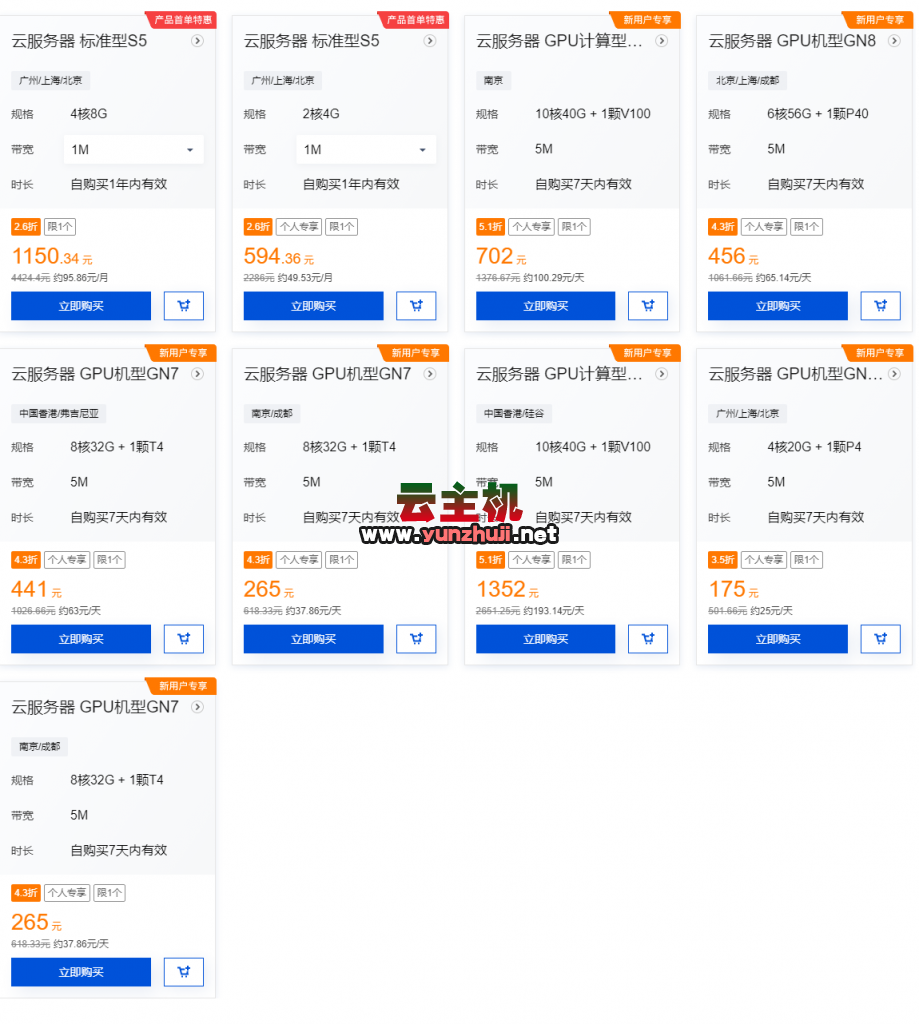
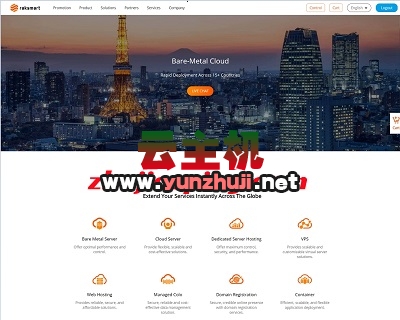
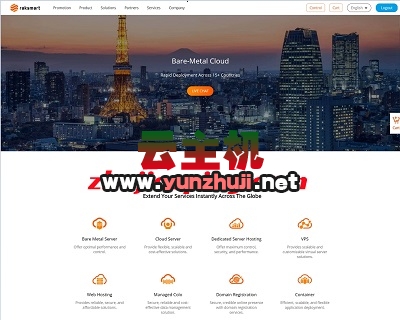
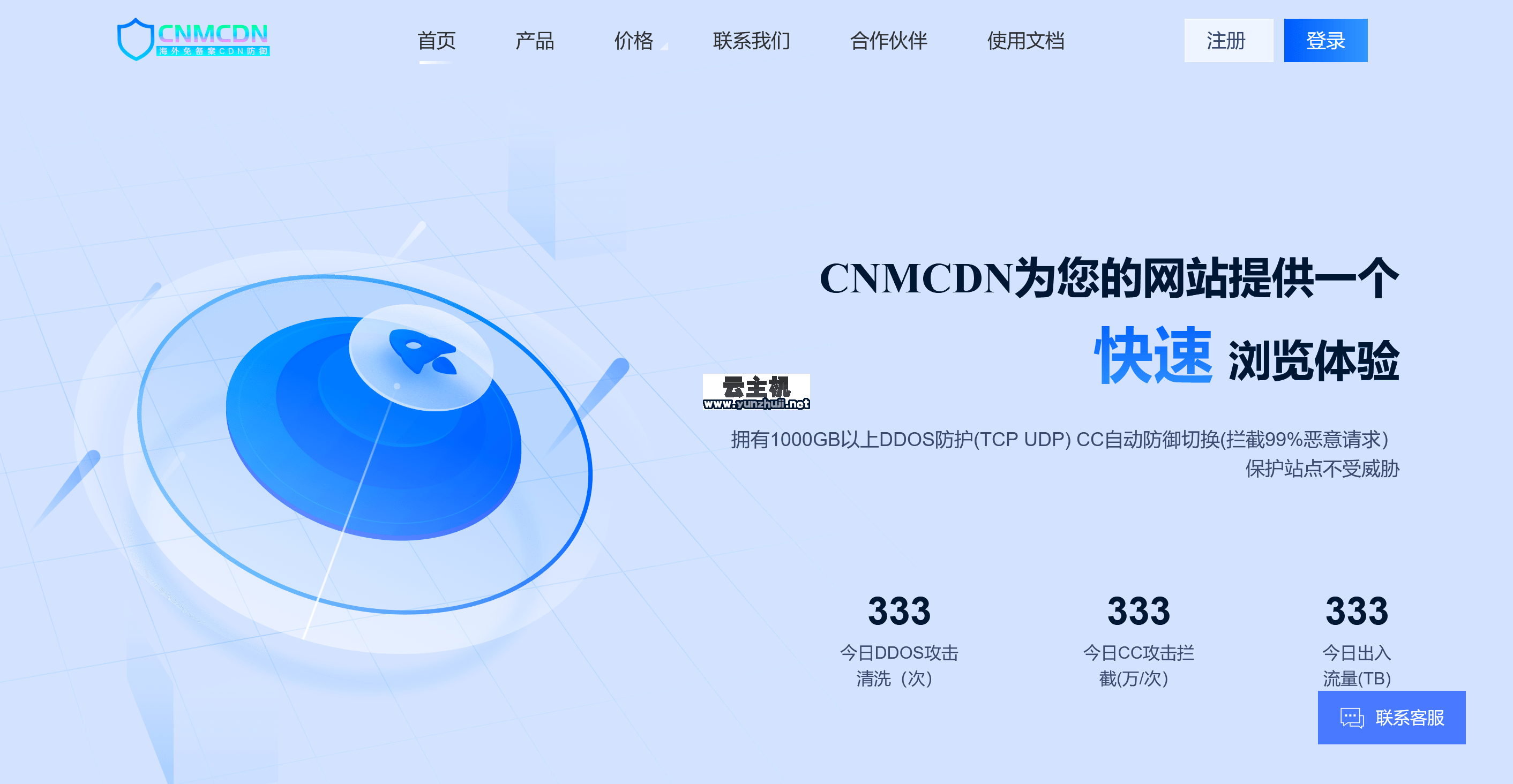

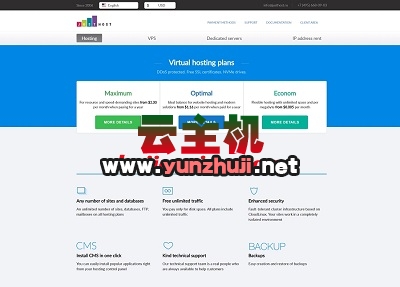




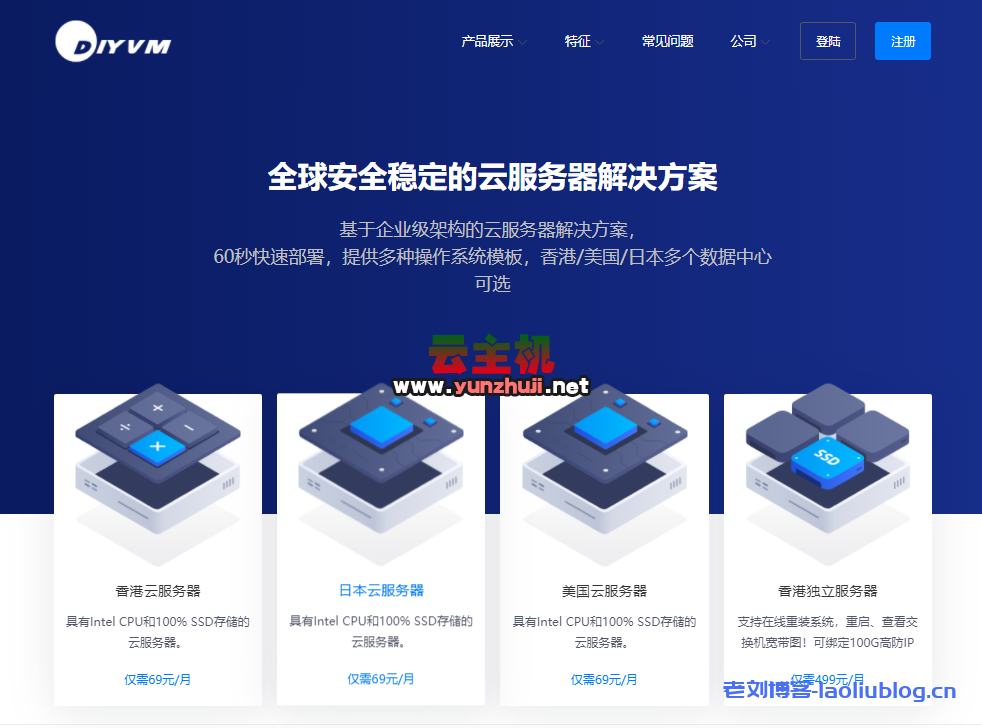
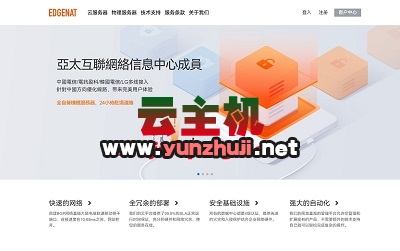

最新评论
本站CDN与莫名CDN同款、亚太CDN、速度还不错,值得推荐。
感谢推荐我们公司产品、有什么活动会第一时间公布!
我在用这类站群服务器、还可以. 用很多年了。